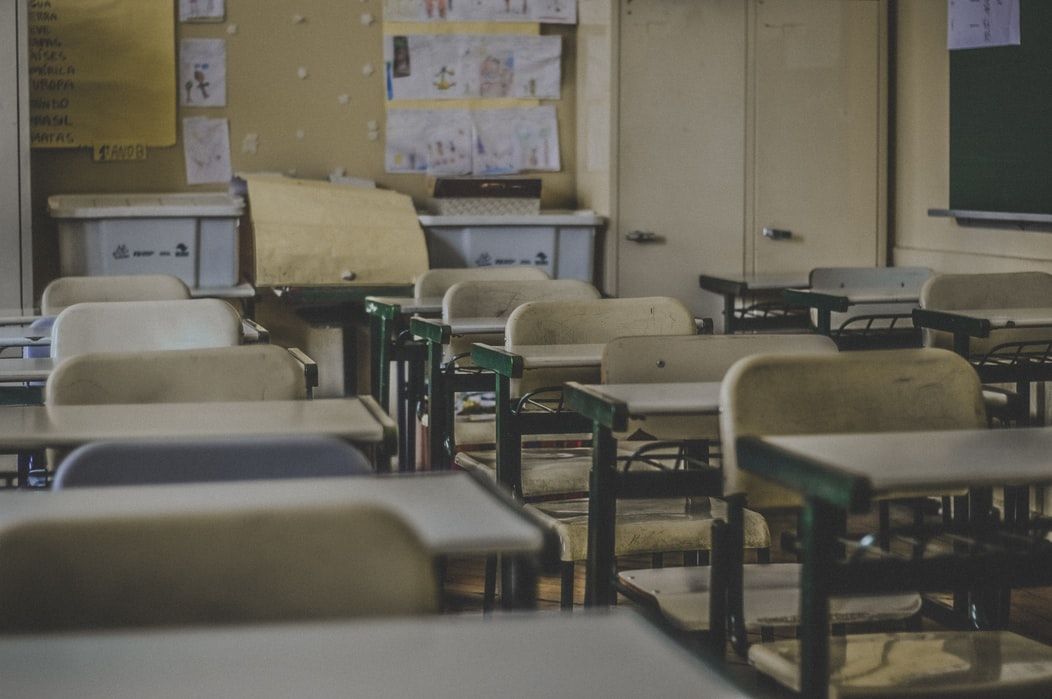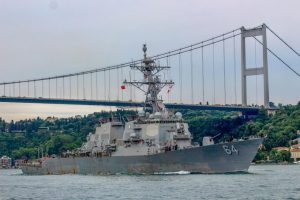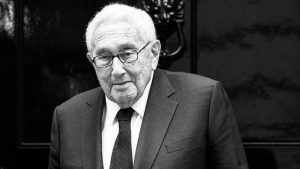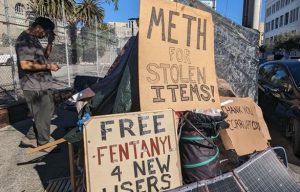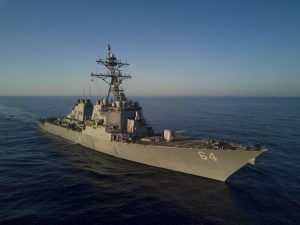At the Martyrs’ School near Tripoli, teachers and parents
are using the limited means at hand to repair buildings devastated by a
year-long battle for the Libyan capital.
Some of the walls have been repainted, furniture has been
installed and ageing computer screens dusted off. But the roofs and other
walls, pockmarked by gunfire and mortar blasts, remain grim reminders of the
recent fighting.
“We didn’t want to sit and wait for help,” said
Najah al-Kabir, a teaching coordinator in a patterned jallaba gown and a hijab.
She is taking part in a refurbishment campaign launched by
staff and joined by enthusiastic parents of students from the surrounding Ain
Zara district.
“We’re one family,” Kabir said, standing in the
playground of the primary school, damaged by weeks of artillery fire.
“This school was our second home.”
When eastern Libyan military chief Khalifa Haftar launched
an offensive in April 2019 to seize the capital from the UN-recognised
Government of National Accord (GNA), Ain Zara found itself on the front line.
The fighting degenerated into a long battle of attrition on
the outskirts of Tripoli and lasted until June this year, when pro-GNA forces
ended the stalemate by pushing Haftar’s forces back eastwards.
By the time the fighting ended, the school had been reduced
to “ruins”, Kabir said.
“It needed to be rebuilt quickly,” she added.
The UN children’s agency UNICEF warned earlier this year
that “attacks against schools and the threat of violence have led to
(school) closures and left almost 200,000 children out of the classroom”.
The Martyrs’ School is one of around 100 schools fully or
partly destroyed during the offensive by Haftar, backed by Russia and the
United Arab Emirates.
Pro-GNA armed groups, whose counter-offensive was spurred by
Turkey, used some schools to stock arms or as observation posts.
By the end of the fighting, the Martyrs’ School was “in
a terrible state”, said headteacher Saleh al-Badri.
The establishment caters for 1,500 students in a three-kilometre area from the next school, making it “important to reopen it as soon
as possible,” he said.
Mahmoud Abdelkhalek, who lives nearby and sends his three
sons to the school, was keen to get involved.
“It seemed important that everyone get involved to fix
it,” he said. “A collective effort has brought it back to life.”
The effort to reopen is well underway, with some teachers
and parents donating money while others have helped with DIY skills.
But “the money has run out and we’re waiting for more
funds”, al-Badri said.
Pupils had been set to return in early December, but with
efforts also slowed by the coronavirus pandemic, hopes are now pinned on
January.
If the funds are found, that will give volunteers time to
fix the electrics and renovate the classrooms — as well as plastering over the
remaining bullet-holes and the scars left by rockets and mortar fire.
But teaching coordinator Kabir says there is also other
damage to be addressed: the psychological impact the fighting has had on
pupils.
“Most of them have suffered the horrors of war and
displacement,” she said.

